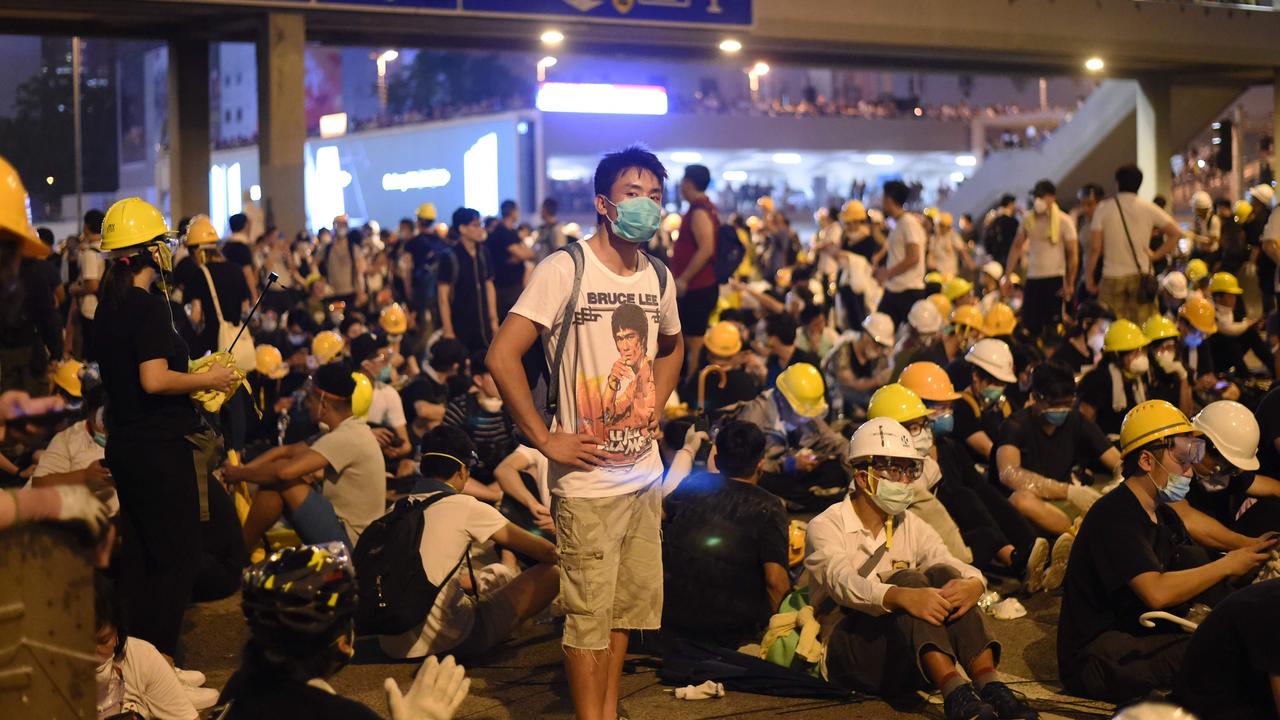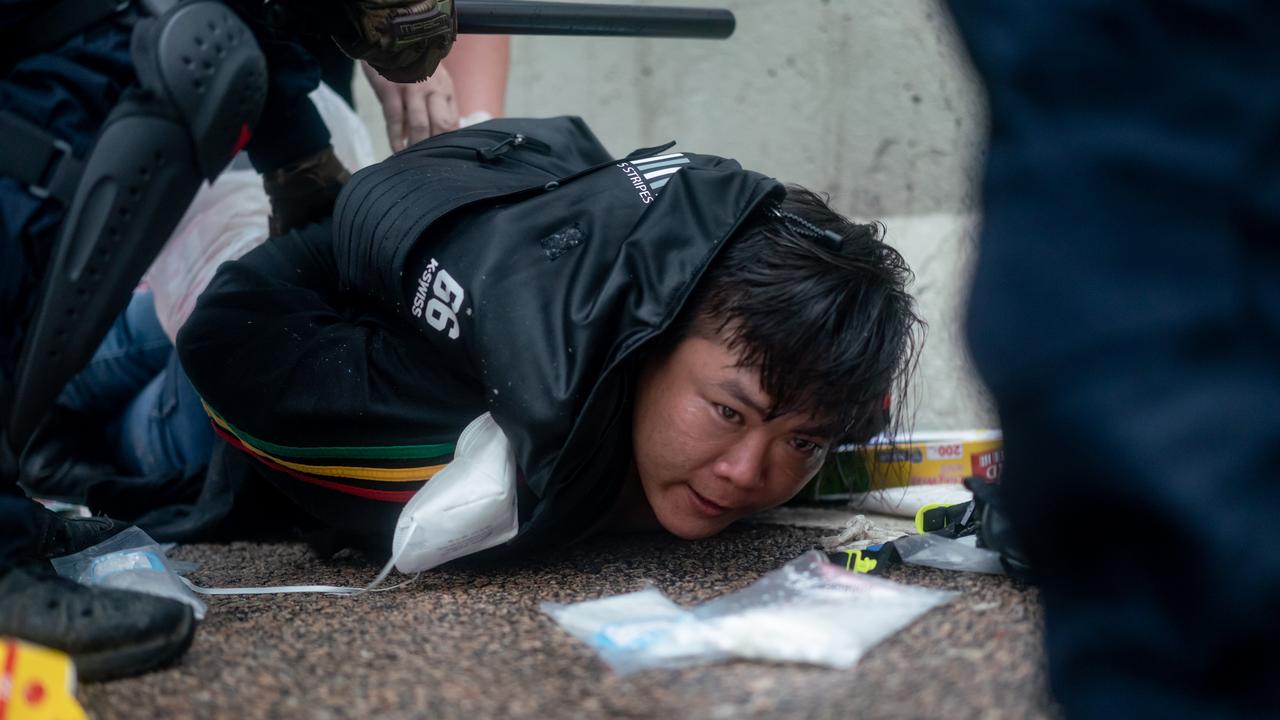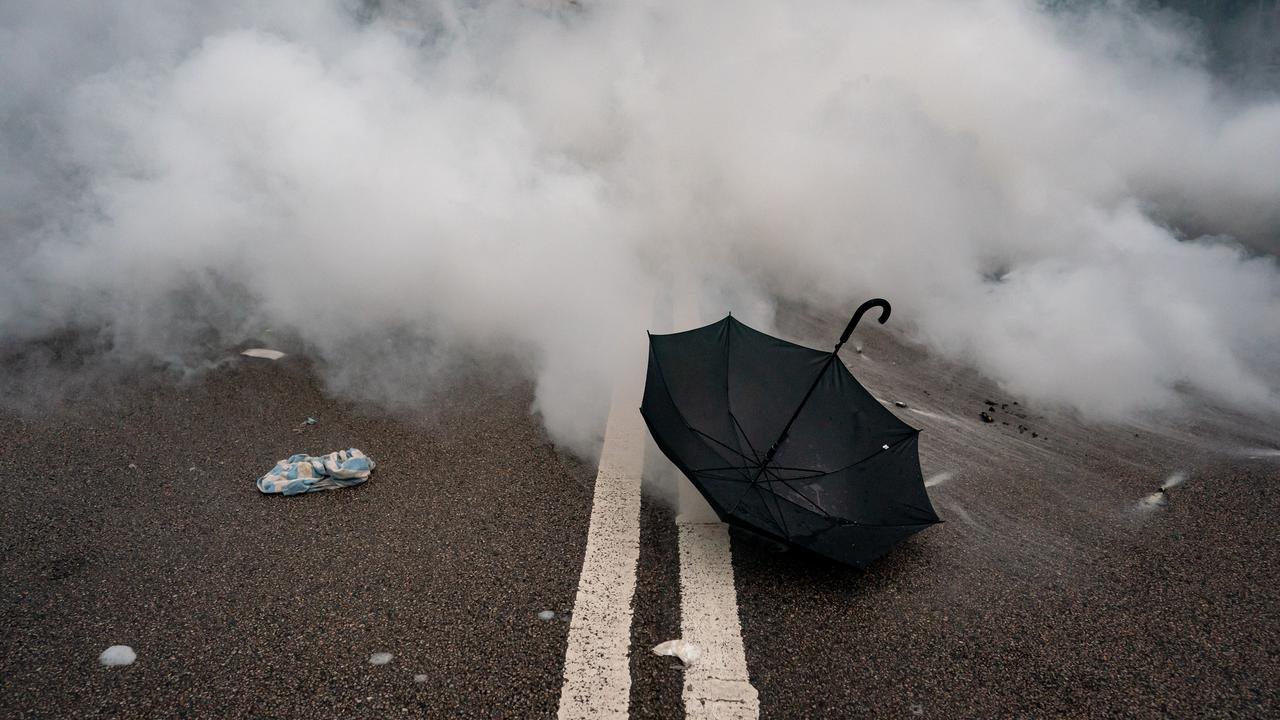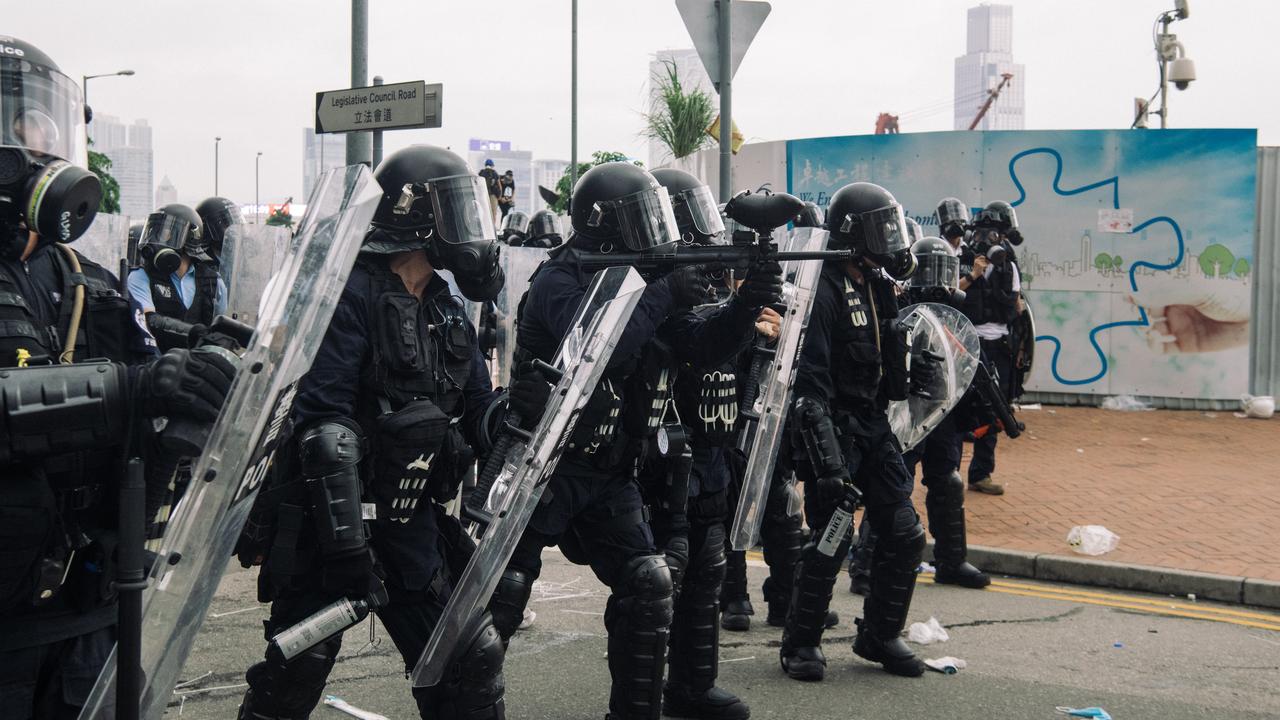Photos sum up the real reason Hong Kong residents are taking to the streets
These powerful photos reveal why Hong Kong’s massive street protests are about so much more than a single law.

Over a million Hong Kong residents have taken to the streets to protest against an extradition treaty with mainland China.
One in seven Hong Kongers have taken part in a series of peaceful organised marches since Sunday, with school and university walkouts, and hundreds of businesses closing.
But the marches didn’t stay peaceful for long. Photos and footage show riot police officers dispelling tens of thousands of protesters with tear gas and rubber bullets.
It began when a small group of protesters began hurling bricks, bottles and umbrellas at security officials, marking a sharp escalation of violence.
These powerful photos show protesters taking a defiant, fearless stand against the mainland; a symbol of Hong Kong’s unique national identity:





Hong Kong has long enjoyed civil liberties like protest, freedom of speech and dissident movements that are heavily restricted in Xi Jinping’s China.
The controversial bill — which would see anyone on Hong Kong soil able to be extradited to mainland China — has sparked anger in recent months, as well as global concerns.
But protesters are well aware it will more than likely pass despite their efforts. Why, then, have they escalated so far ahead in recent days?
Carrie Lam, who was selected by China’s leaders to govern Hong Kong two years ago, will more than likely push ahead with the bill despite the protests.
In the wake of the protests, Ms Lam has compared the demonstrators to stubborn children, telling a local news station: “If my son was stubborn and I spoiled him and tolerated his stubborn behaviour every time, I would just be going along with him.”
International human rights lawyer Simon Henderson said the real purpose of the defiant protests was more about showing the Hong Kong people have a voice than effecting practical change.
“Carrie Lam is going to push ahead with this regardless,” Mr Henderson told news.com.au. “I suspect it’s unlikely there will be further substantive concessions.”
But he said for the protesters, it’s less about the chance of stopping the legislative changes and more a symbolic gesture of national identity and independence.
“I don’t think that was really the point for the protesters — they’re expressing their concern for their rights and their displeasure with the mainland.”
Hong Kong residents realise this is less about bringing suspected criminals to justice in China, and more about symbolically expressing their opposition to the Beijing government’s increasing political control, and the future of the territory’s civil liberties.
When the smaller territory was handed over from Britain to China in 1997, it was promised a “high degree of autonomy” for 50 years, through to 2047. This is known as a “one country, two systems” policy.
This week’s protests marked the biggest numbers on the streets since that very handover, and continues to symbolise the country’s opposition to the mainland.


Hong Kongers have a longstanding history of protesting to showcase their right to civil liberties.
In 2014, protesters of the Umbrella Movement occupied the city streets for 79 days in a bid for more transparent elections.
Hong Kong’s democracy remains limited, with the chief executive approved by Beijing and only half the seats in the legislative council appointed by popular vote.
In 2003, half a million protesters poured onto the streets to oppose the anti-subversion Hong Kong Basic Law Article 23, over which they feared a loss of freedom of speech and other civil liberties.
Beijing continues to make attempts to chip away at Hong Kong’s freedoms. The Chinese government drafted a law to criminalise disrespect for the Chinese national anthem. There have also been instances of Hong Kong citizens disappearing into mainland custody abruptly.
China, by stark contrast, is turning a blind eye to the protests. The state media-run China Daily ran a story on Monday falsely claiming that 800,000 Hong Kongers were rallying in support of the bill.
“By midnight more than 800,000 people had pledged support in a citywide signature campaign online and at street stands, organised by a local alliance of prominent political, business and legal figures, countering a protest by about 240,000 people on Sunday to oppose the revised extradition bill, according to the police,” the article claimed.
A separate editorial in the same newspaper accused “foreign forces” of attempting to hurt China by creating chaos and unrest in Hong Kong.
“Any fair-minded person would deem the amendment bill a legitimate, sensible and reasonable piece of legislation that would strengthen Hong Kong’s rule of law and deliver justice,” the editorial said.
“Unfortunately, some Hong Kong residents have been hoodwinked by the opposition camp and their foreign allies into supporting the anti-extradition campaign.”



